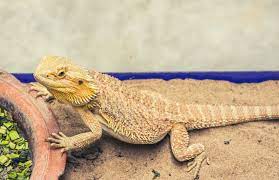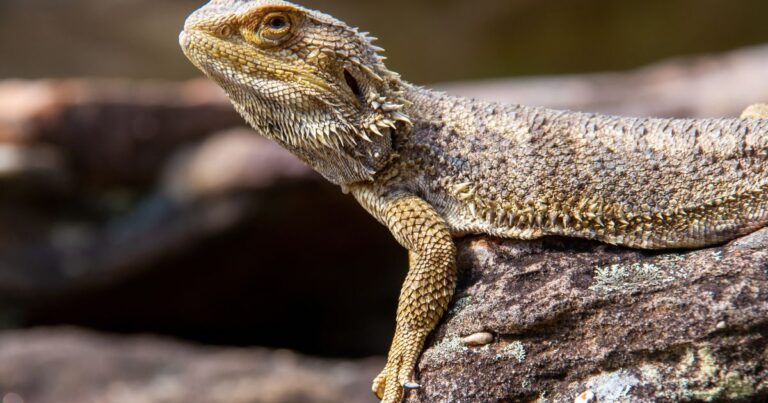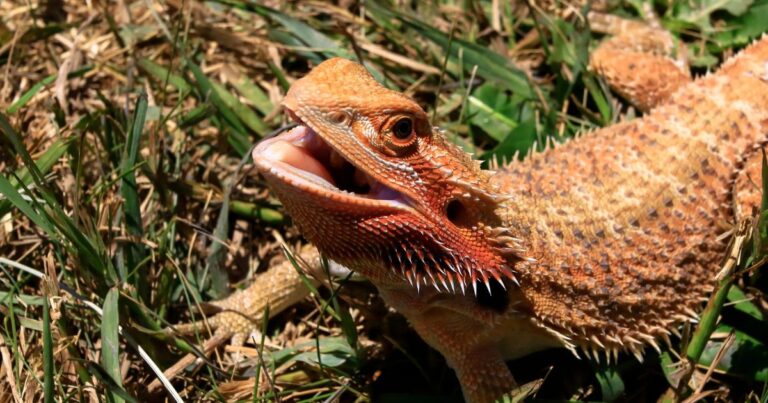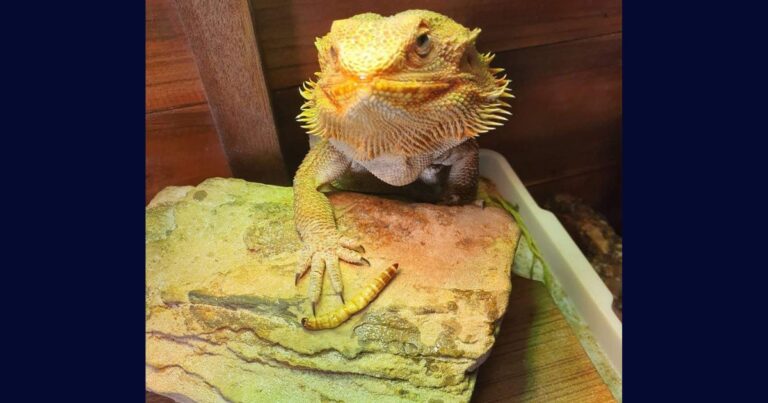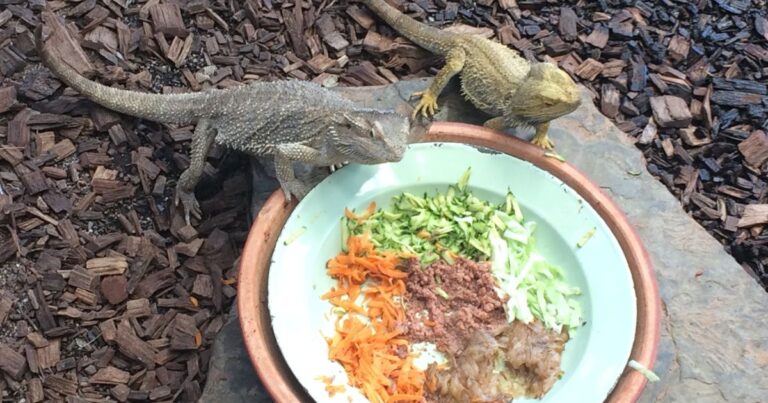What Active Bearded Dragon Behavior Looks Like in Healthy Bearded Dragons
Decoding Bearded Dragon Body Language
Hey there, fellow dragon enthusiasts! It’s Emily here, back with another fascinating dive into the world of our scaly friends. Today, we’re going to talk about something that’s super important for all bearded dragon owners to understand: their body language. Specifically, we’re going to focus on what active behavior looks like in healthy bearded dragons. So, let’s get started!
Understanding Bearded Dragon Behavior
First things first, it’s crucial to understand that bearded dragons are not your typical pet. They’re reptiles, which means they communicate and behave differently than our furry friends. One of the key aspects of their behavior is their activity level. An active bearded dragon is usually a healthy one, so it’s essential to know what to look for.
Active behavior in bearded dragons can include a variety of actions, such as exploring their habitat, basking under their heat lamp, hunting for food, or even interacting with you! These behaviors are all signs that your bearded dragon is feeling good and enjoying life.
Recognizing Active Bearded Dragon Behavior
So, what does active behavior look like in a bearded dragon? Here are some things to look out for:
- Exploration: Bearded dragons are naturally curious creatures. They love to explore their surroundings, whether that’s a new corner of their terrarium or a new object you’ve placed inside. If your bearded dragon is frequently on the move, checking out their environment, that’s a good sign of active behavior.
- Basking: While it might not seem like it, basking is actually a form of active behavior. Bearded dragons bask to regulate their body temperature and digest their food. If your bearded dragon is regularly basking under their heat lamp, that’s a sign they’re feeling active and healthy.
- Hunting: Bearded dragons are predators, and they love to hunt. If your bearded dragon is actively chasing after their food, whether that’s live insects or pieces of vegetables, that’s a good sign of active behavior.
- Interaction: Bearded dragons can be surprisingly social creatures. They might not be able to play fetch like a dog, but they can still interact with their owners in their own unique way. If your bearded dragon seems interested in you, whether that’s watching you from their terrarium or even climbing onto your hand, that’s a sign of active behavior.
What Inactive Behavior Looks Like
Just as it’s important to recognize active behavior, it’s also crucial to know what inactive behavior looks like. Inactive or lethargic behavior can be a sign that something’s not right with your bearded dragon. This could include things like spending a lot of time hiding, not showing interest in food, or not reacting to your presence. If you notice any of these behaviors, it might be a good idea to consult with a vet.
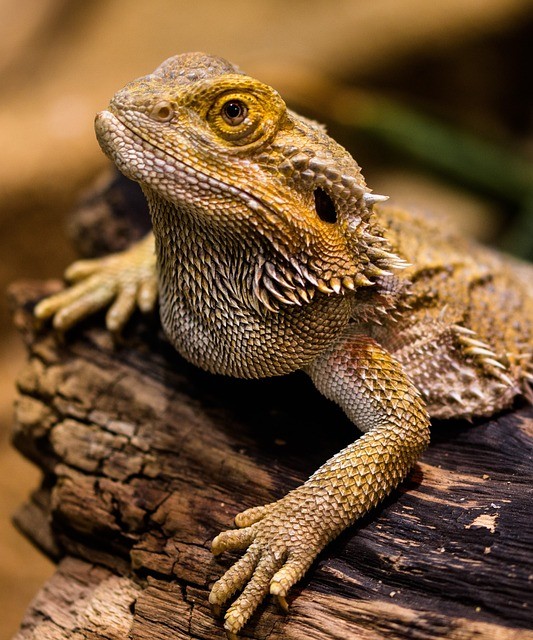
Encouraging Active Behavior
So, how can you encourage active behavior in your bearded dragon? Here are a few tips:
- Provide a stimulating environment: Bearded dragons love to explore, so make sure their terrarium is interesting. This could include things like rocks and branches to climb on, different substrates to dig in, and a variety of foods to hunt.
- Handle them regularly: Regular handling can help your bearded dragon get used to your presence and encourage them to interact with you. Just make sure to handle them gently and respectfully.
- Keep their habitat clean and comfortable: A clean, comfortable habitat can help your bearded dragon feel safe and comfortable, which can encourage active behavior.
- Regular health checks: Regular health checks can help catch any potential health issues early, before they start affecting your bearded dragon’s behavior. Make sure to consult with a vet who specializes in reptiles for these checks.
The Science Behind Active Behavior
Recent studies have shed some light on the behavior of reptiles, including bearded dragons. For instance, a study titled “A Review of Welfare Assessment Methods in Reptiles, and Preliminary Application of the Welfare Quality® Protocol to the Pygmy Blue-Tongue Skink, Tiliqua adelaidensis, Using Animal-Based Measures” discusses the importance of understanding reptile behavior for their welfare. The study emphasizes that reptiles are often seen as ‘behaviorally simple’, but this is likely due to our lack of understanding. In fact, reptiles display a variety of behaviors that are crucial for their survival and wellbeing.
The study also highlights the importance of providing a stimulating environment for reptiles, including bearded dragons. This can help promote positive welfare states, which are crucial for their overall wellbeing. So, by providing a stimulating environment and encouraging active behavior, you’re not just keeping your bearded dragon entertained – you’re also promoting their welfare!
This post is part of the Bearded Dragon Care collection: Your Bearded Dragon’s Health and Wellness
Also check out my other posts: Should Bearded Dragons Eat Mealworms? and Your Bearded Dragon’s Health and Wellness
Conclusion on Active Bearded Dragon Behaviour
Understanding and recognizing active behavior in bearded dragons is crucial for their health and wellbeing. By knowing what to look for and how to encourage active behavior, you can help ensure that your bearded dragon is living a happy and healthy life. Remember, an active bearded dragon is usually a healthy one!
Disclaimer
This blog post is intended for informational purposes only and does not constitute veterinary advice. Always consult with a professional veterinarian for medical advice.
Frequently Asked Questions
What does active behavior look like in a bearded dragon?
Active behavior in a bearded dragon can include exploring their habitat, basking under their heat lamp, hunting for food, or interacting with you. These behaviors are all signs of a healthy and active bearded dragon.
How can I encourage active behavior in my bearded dragon?
You can encourage active behavior in your bearded dragon by providing a stimulating environment, handling them regularly, keeping their habitat clean and comfortable, and conducting regular health checks.
What does inactive behavior look like in a bearded dragon?
Inactive or lethargic behavior in a bearded dragon can include spending a lot of time hiding, not showing interest in food, or not reacting to your presence. If you notice any of these behaviors, it might be a good idea to consult with a vet.
Is basking considered active behavior?
Basking is considered a form of active behavior. Bearded dragons bask to regulate their body temperature and digest their food. If your bearded dragon is regularly basking under their heat lamp, that’s a sign they’re feeling active and healthy.
Can bearded dragons interact with their owners?
Bearded dragons can interact with their owners in their own unique way. If your bearded dragon seems interested in you, whether that’s watching you from their terrarium or even climbing onto your hand, that’s a sign of active behavior
